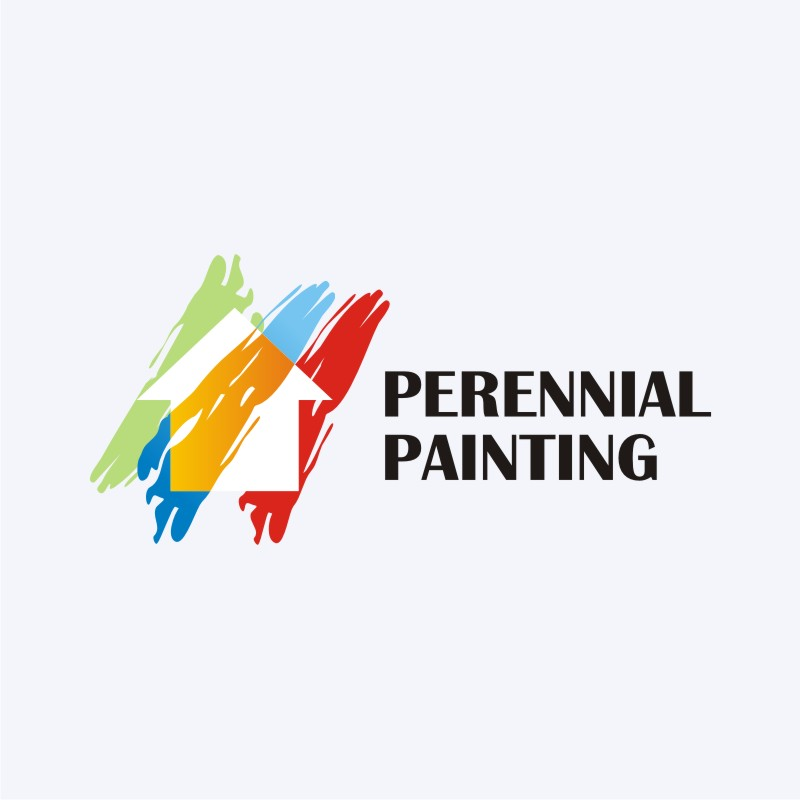Seasonal Factors In Industrial Outside Paint: Secret Insights You Ought To Recognize
Seasonal Factors In Industrial Outside Paint: Secret Insights You Ought To Recognize
Blog Article
Web Content Produce By-Regan Bagger
When you're planning a business outside paint task, seasonal factors can make or break your results. You'll wish to consider how temperature level and moisture effect paint application and drying out times. Selecting the right period can ensure your paint adheres properly and lasts longer. But which seasons are really the best for this kind of work? Let's explore the key elements that can influence your job's success.
The Effect of Temperature on Paint Application
When you're planning a business external painting job, the temperature can substantially impact how well the paint sticks and dries.
Preferably, Read Webpage want to paint when temperatures vary between 50 ° F and 85 ° F. If it's also cool, the paint might not cure effectively, resulting in problems like peeling or splitting.
On the other hand, if it's as well warm, the paint can dry too swiftly, preventing appropriate attachment and resulting in an uneven finish.
You should additionally take into consideration the moment of day; early morning or late afternoon provides cooler temperature levels, which can be extra positive.
Constantly check the supplier's recommendations for the particular paint you're using, as they usually offer support on the excellent temperature array for ideal outcomes.
Moisture and Its Impact on Drying Times
Temperature level isn't the only environmental factor that influences your commercial external paint project; humidity plays a significant function too. High moisture degrees can slow down drying out times dramatically, impacting the total top quality of your paint job.
When the air is filled with wetness, the paint takes longer to heal, which can cause problems like bad adhesion and a greater threat of mold development. If you're repainting on a specifically damp day, be prepared for prolonged wait times in between coats.
It's crucial to monitor neighborhood weather and strategy appropriately. Ideally, go for moisture levels in between 40% and 70% for optimal drying out.
Keeping colors painting house consider mind ensures your job remains on track and provides a lasting finish.
Best Seasons for Commercial Exterior Paint Projects
What's the very best season for your business outside painting jobs?
Springtime and very early loss are typically your best choices. During these seasons, temperature levels are light, and moisture levels are commonly lower, creating perfect problems for paint application and drying out.
Stay https://www.architecturaldigest.com/story/painting-tips-paint-color-ideas of summer's intense heat, which can cause paint to completely dry too quickly, causing bad attachment and surface. Likewise, winter's cold temperatures can prevent appropriate drying and curing, risking the long life of your paint job.
Go for days with temperatures between 50 ° F and 85 ° F for ideal results. Remember to inspect multifamily painters for rainfall, as damp problems can ruin your project.
Preparation around these aspects guarantees your painting task runs smoothly and lasts longer.
Final thought
To conclude, planning your commercial exterior paint tasks around seasonal factors to consider can make a substantial difference in the result. By organizing job throughout the optimal temperature levels and humidity degrees, you'll guarantee much better bond and drying times. Remember to keep an eye on local weather prediction and pick the correct time of year-- spring and very early autumn are your best bets. Taking these steps will aid you attain a sturdy and expert surface that lasts.
